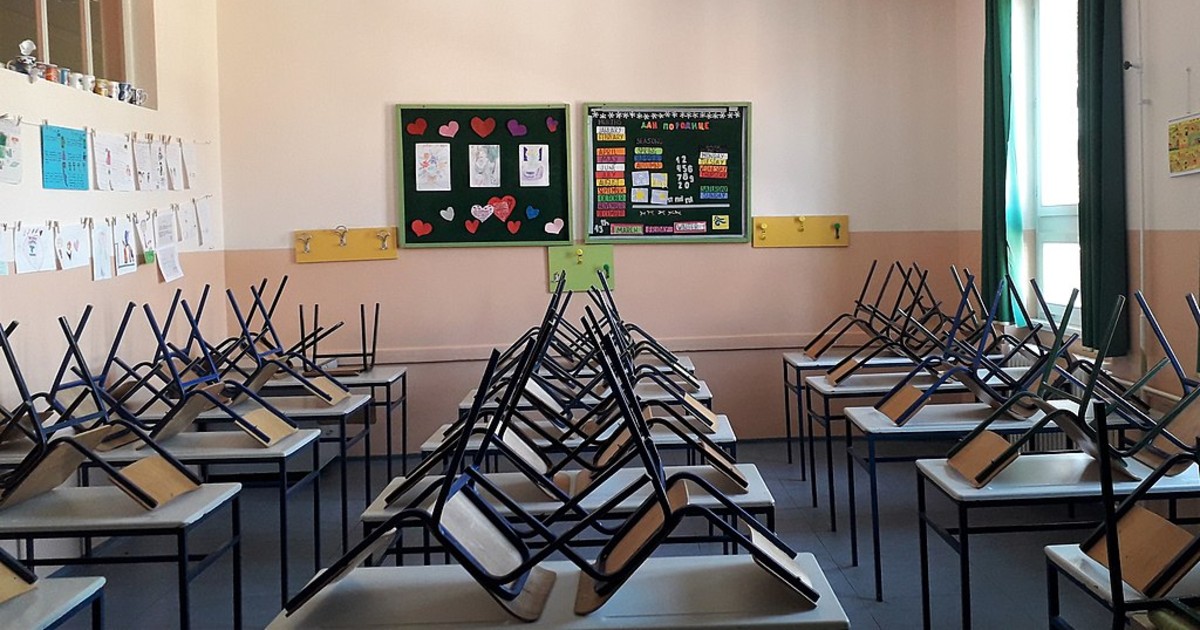Why did you become a teacher?
If you join the profession after college and stay until you retire, you’ll spend forty thousand hours in the classroom, and countless others preparing for and recovering from class. That’s a lot of life to pour into something; it had better be worth it.
I know you didn’t go into it for the money. As has been documented again and again and again — for years — teacher pay is woefully inadequate relative to teachers’ education level and value to society. The pandemic has highlighted this reality; much economic difficulty is caused by concern about whether schools will be open. Even if teachers did nothing but babysit, their value would be enormous — and of course, teachers do much, much more.
So it wasn’t the money. Maybe it was something else. Maybe no one had told you that teachers don’t really get summers off — maybe you thought you’d have three glorious months of freedom. If so, I’m sorry. Maybe you love the sound of a good tattle in the morning, or the smell of a second-floor restroom. Perhaps you enjoy unjamming the copy machine — again — while the clock ticks down to your next class. Maybe you enjoy testing the limits of your bladder’s elasticity. No?
So what was it? Why did you become a teacher?
Some Reflection
Write it down. Seriously: find a packet of Post-It notes or, if your school can’t afford name brands, Tiger Sticky Memo Notes. I’ll wait. When you’ve got your sticky notes, write down the #1 reason why you entered education. But don’t stop there. Write down another reason, and another. Keep going until you’ve got 7-10 things that make you proud to be an educator. This is an awful lot like gratitude journaling, and gratitude journals can be wonderful therapy.
Incidentally, you might want to have your students do this sometime. Have them write down the things they’re excited about for the day, or — if the day is almost over — the things that made them feel the most excited, satisfied, or grateful. Now spread those notes out in front of you and read them over. Any time you’ve got a list, you’ve got a canvas for critical thinking. Let’s go there next: take your list and organize it from most cosmically important to least.
The Top 3
This also happens to be a wonderfully flexible activity for students: have them create a list on sticky notes — it can be a list of just about anything — and then have them organize their list according to some criterion. For instance, if you’re learning about a new vocab word, like “nebulous,” have them write down a list of things that are nebulous, and then sort them according to their nebulosity. Or have them make a list of adjectives that describe a character in the book you’re reading, and then sort them based on how important they are to understanding the character. You get the point.
Speaking of getting to the point, take a look back at your list. Look at the top three of four things on your list: those are some pretty good reasons to wake up in the morning. If they’re not — if you find them uninspiring — then maybe you should put your resume together. But if those Top Reasons are inspiring, if they are worth waking up for, then it’s time for your final step: build a specific strategy to make sure you’re intentionally achieving each one, even if it’s just a little bit, every day. For example, if you love to teach because you love forming connections with students, build a calendar and put two students’ names onto it every day. Make sure to go out of your way to connect with those students on “their” days, to make sure that you’re connecting with all your homeroom students every month.
Building Your Classroom
Working with educators around the country, I’ve found this “specific strategy” approach practical and powerful. (For strategy examples and tons of great, free advice on educational practice, check out the Blue Apple PD Playlist.) Want help identifying or developing strategies to address your Top Reasons? Just send me an email. One of reasons I wake up in the morning is to help educators and schools teach with purpose. We teach best when we teach with passion; I’d love to help you kindle yours.
Looking for more ideas to reinvigorate your classroom this year? Be sure to check out our free strategies and resources at Blueappletreacher.com!
*Image courtesy of Dobrislava via Wikimedia Commons.

